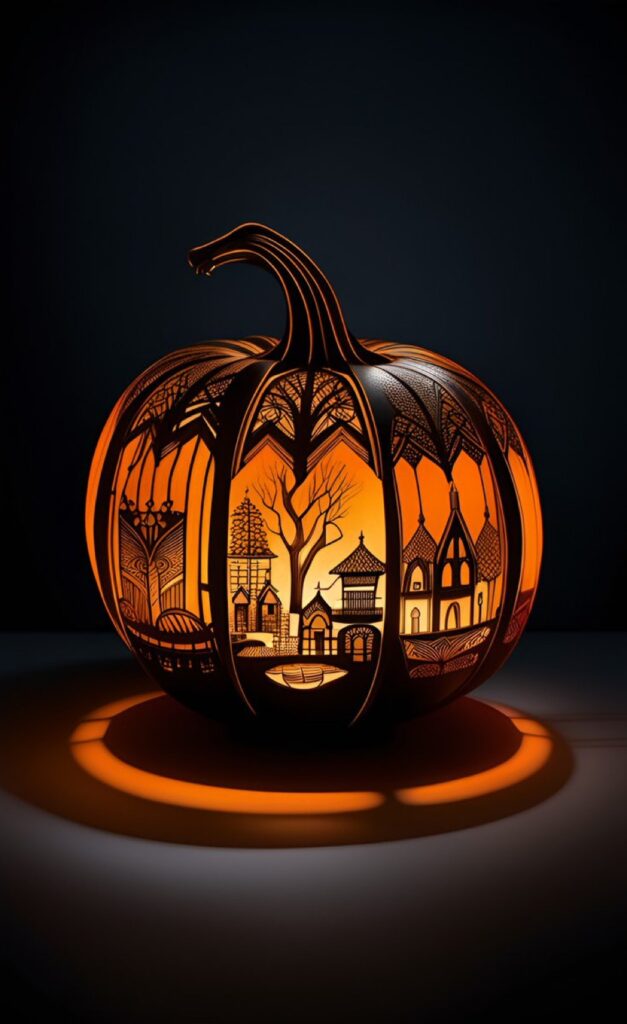Halloween history: the reasons behind the traditions

It’s spooky season and Halloween festivities are in full swing.
But why do we call it Halloween and why do we carve pumpkins?
Professor Anne Lawrence, and Dr Jacqui Turner, from the University of Reading’s Department of History, explain.
Why do we call it Halloween?
Professor Lawrence, who specialises in Medieval History, said: “The name Halloween itself is simply a contraction of All Hallows’ Eve. This derives from the fact that Halloween is the evening and night before the Christian festival of All Hallows, or All Saints. That festival was placed on 1 November from the eighth century onwards, which focused on the relics of the saintly dead, and on the spiritual power of the saints in heaven – and therefore Halloween fell on 31 October.”
How far back does the idea of ‘Halloween’ go?
Professor Lawrence added: “From the early middle ages there were fears that ghosts and spirits were able to return to earth and do harm to people, animals and crops, at special times – and at Halloween in particular. This made the lighting of fires and candles, and the protective ringing of church bells, important on this night.
“Gifts of food were also offered, either directly to the souls of the dead or as alms in exchange for prayers. By the sixteenth century, an additional supernatural threat had been added to the perils of the night, as growing fears about witches led to beliefs that they were especially powerful and likely to cause harm on that night.”
Why do we carve pumpkins?
Dr Jacqui Turner – Associate Professor and specialist in 19th and early 20th-century history – said: “Carving of turnips predates the mid-20th century by some way. The Victorians carved not just turnips but other vegetables too. They were left on the doorstep, but not to indicate that this was a ‘trick-or-treat’ stop – but to ward off evil spirits.
“After All Hallows’ Eve, you would often find the turnip lanterns relocated around farmers’ fields protecting slumbering crops.
“The tradition originated in folklore, a tale of the unfortunate Jack, who roamed the neighbourhood with a only piece of burning coal inside a hollow turnip for light – the original ‘Jack-o’-lantern.’”





